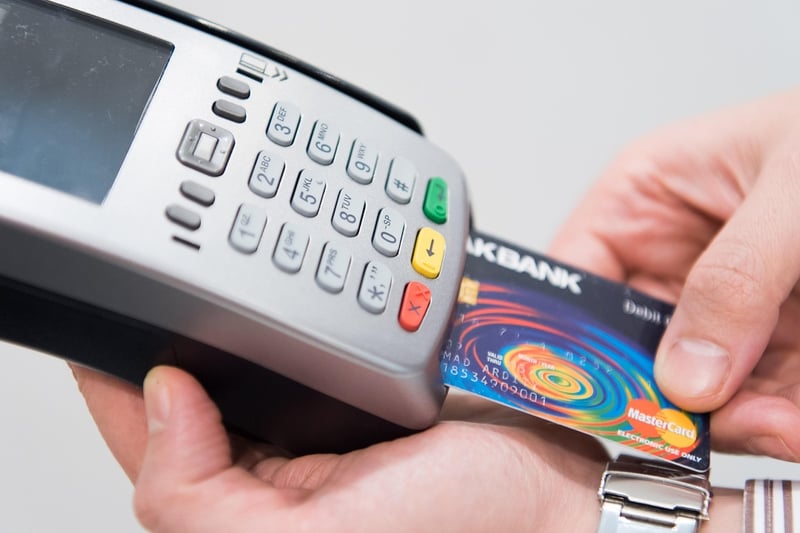The Growing Reality of Chargebacks
Every online merchant knows the thrill of sales spikes — but behind every surge lies a quieter risk: chargebacks. Originally designed as a consumer protection right, chargebacks now represent one of the biggest operational costs for global merchants.
When a cardholder disputes a transaction, the issuing bank can reverse the payment and refund the consumer. For merchants, though, it’s rarely that simple — chargebacks are part of a highly structured arbitration system run by card networks such as Visa and Mastercard. And the smallest misstep can mean lost revenue, damaged trust, and stricter monitoring.
Why Card Networks Are Watching Closer Than Ever
Each chargeback acts like a digital warning flag. Card networks don’t just look at numbers — they track patterns, frequency, and merchant behaviour.
Since April 2025, Visa has rolled out the Visa Acquirer Monitoring Program (VAMP) — an upgraded framework that consolidates fraud and dispute monitoring (VFMP + VDMP) into one unified system. The result? Merchants now face more comprehensive, data-driven risk assessments across their entire Visa ecosystem.
The VAMP Threshold That Matters
If your store logs over 100 chargebacks in a single month and a chargeback ratio above 0.65%, Visa will automatically classify your business as “high risk.”
That label triggers stricter audits, higher penalties, and, in severe cases, a permanent loss of Visa payment privileges. Mastercard applies similar monitoring systems — a reminder that proactive prevention isn’t optional; it’s essential.
From Reaction to Prevention: The Rise of Defend Chargeback
When a chargeback occurs, merchants can dispute it through a process known as representment. In practice, that means gathering transaction records, proof of delivery, and customer communication to prove the chargeback was invalid.
But for most merchants, this happens too late. By the time funds are withdrawn, the chances of a successful reversal are slim. That’s why the industry is shifting from reactive defence to preventive resolution — powered by intelligent automation.
RDR: Resolving Disputes Before They Become Chargebacks
Visa’s Rapid Dispute Resolution (RDR), developed by Verifi, acts like an automated peacekeeper between banks and merchants. Businesses can pre-set smart rules — for example, automatically refunding all “item not received” claims under $15.
When a bank receives a qualifying dispute, RDR steps in before it becomes a formal chargeback. The refund is processed automatically, preventing the case from ever appearing in Visa’s system. The result: cleaner merchant records and fewer penalty risks.
CDRN: Real-Time Alerts That Let You Act First
Mastercard’s Cardholder Dispute Resolution Network (CDRN), powered by Ethoca, offers merchants an early-warning advantage. The moment a cardholder files a dispute, CDRN notifies the merchant in real time.
This gives businesses a crucial time window to contact the customer, issue a refund, or clarify a misunderstanding — before the bank escalates the claim. It’s a simple but powerful layer of transparency in an otherwise opaque system.
The Difference Between RDR and CDRN
Both RDR and CDRN are designed to stop disputes at the source — but they operate differently:
- CDRN is manual: merchants receive alerts and decide how to act.
- RDR is automated: rules are pre-set, and the system executes decisions instantly, no login required.
Together, they form a balanced toolkit for merchants looking to reduce disputes without compromising customer experience.
Turning Risk Into Resilience
As global eCommerce expands, chargeback management isn’t just about compliance — it’s about control. Merchants that understand how programmes like VAMP, RDR, and CDRN work can turn risk into resilience, maintaining healthy payment ecosystems while building stronger customer trust.
The key is to stay proactive: automate early, communicate clearly, and track your dispute data as closely as you track your sales. In an economy where every transaction tells a story, how you manage risk defines how long you’ll stay in the game.





